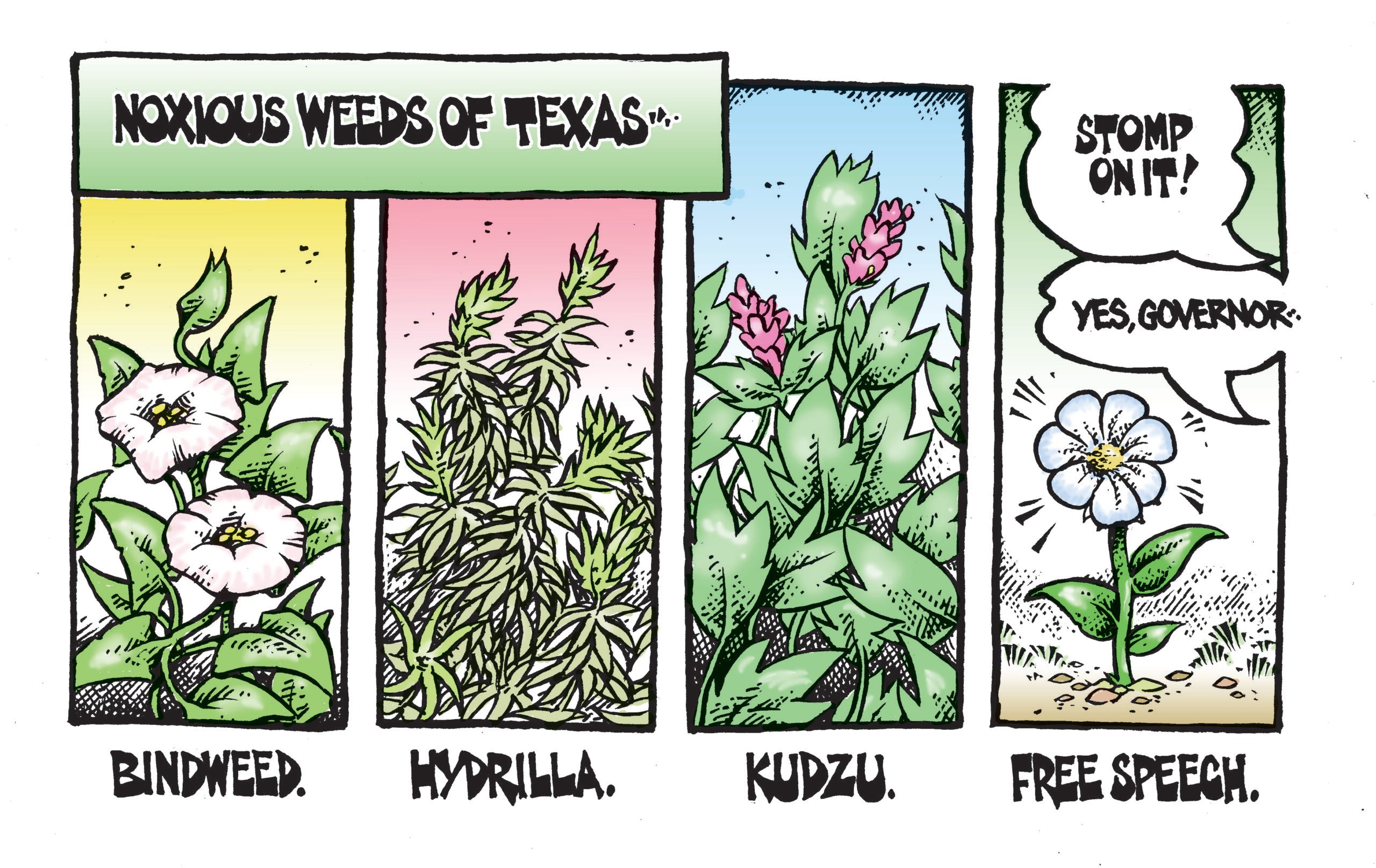ustxtxb_obs_1985_12_20_50_00019-00000_000.pdf
Page 10
BOOKS AND THE CULTURE John Sayles and the Dream Factory Austin THE STATED purpose of the “Independent Images” conference at Austin’s Laguna Gloria Art Museum in October was “to bring together leading figures from the region and across the country for three days of seminars, screenings, and open dialogues designed for individuals both involved in, and interested in, the independent feature film.”, Some of the seminars were well organized, but the event was a bit of a circus at times, and it was not always clear who made up the audience and who made up the show. For the spectators, who came mostly from Houston, Austin, and Dallas, it was an occasion to hear cautionary tales about working in Hollywood and advice on how to bypass that route. Advice came from studio executives, producers, and representatives of such places as Robert Redford’s Sundance Institute, as well as director Jonathan Demme \(Melvin and Howard, Stop Making screenwriters Bill Wittliff \(Counand Bud Shrake and director/screenwriter/actor/editor John Sayles. For those panelists not from Texas, the fascination was with the supposed film boom here. They had heard rumors about a land of easy financing, of hardworking crews that came cheap thanks to a “right to work” law, and of a host of people making independent movies. Or maybe they’d just heard that Austin was a pleasant place and had a lively music scene. In any case, they wanted to see for themselves. Texas is far from being the Third Coast of filmmaking that promoters have been touting for years, but it’s not for lack of talented writers, technicians, directors, and producers. That talent was evident on both sides of the podium. As one woman from the Sundance Institute said to the audience, “The level of sophistication and intelligence [here] is really high. You’re asking good Elise Nakhnikian lives in Austin and writes about culture for the Observer. questions; you’ve obviously already done a lot of work.” For many, that work included having made at least one low-budget film. They had learned the hard way how difficult it is to make movies without studio backing, and they were hungry for tips on how to get money, how to get their films distributed, how to do good work on a shoestring. And, again and again, whenever John Sayles was on a panel or at a screening, most of the questions were directed at him. AFILMMAKER’S filmmaker, Sayles is a prolific writer of short stories, novels, and screenplays. Bluntly articulate, he speaks slowly in a flat, upstate New York accent, seeming to be a quiet man even as he dominates a discussion. Built like the meat cutter he once was, wearing tennis shoes and T-shirts, he is obviously uninterested in the glitz and glamour of Hollywood. What interests Sayles is how people think, what they care about, and how some survive with honor in a world where so much can go so wrong. In his movies as in his books, Sayles relies heavily on dialogue. As he is the first to admit, he rarely has the time or money for fancy camerawork, and his movies often look the worse for it. But it’s more than just deadlines that makes Sayles concentrate more on character development than on intricate plotting. “Very little of what I write is autobiographical,” he says. “I’m interested in other people, how they think and see the world, and a lot of how you get that is by how they talk. I have a reasonably good ear. . .. There’s maybe five lines of improvisation in all the films I’ve shot. “I always make a deal with my actors: `I’ll use your best take even if, as an editor, I have to make a clumsy cut to keep it. Because that’s your best acting, this is a movie about people, and that’s where the people will be best represented.’ Usually what suffers is the physical look of the pictures how many angles, how much coverage, can we take the time to do another shot.” Sayles’s celluloid subjects have included a group of comrades from the Sixties reuniting for a weekend of reminiscing and getting re-acquainted in The Return of the Secaucus Seven \(a more realistic prototype of The Big a middle-class Jewish girl and working-class Italian boy who fall in and out of love in Baby, It’s You; a woman who leaves her husband for another woman in Lianna; and a mutely empathetic runaway slave from another world who finds himself in Harlem in Brother From Another Planet. “Making films is basically about money. The people who have control over more money get to make more films.” John Sayles To help finance the movies he directs, Sayles hires himself out to write screenplays for the likes of The Howling, Piranha, Alligator, and The Lady in Red. Although the scripts are generally conceived by studio hacks interested in a fast buck, Sayles finds ways to incorporate wit, heart, and a social conscience the mutant monster in Alligator, for instance, was a product of industrial pollution. “I only take assignments if I feel like there’s a movie td be made that I’d want to pay to see,” Sayles explains. “So you care about it but, like Bill Wittliff and Bud Shrake were saying, you can’t confuse your personal life your personal worth with this thing that you’re doing for someone and what happens to it. I feel like I’m building a house. They want to put in a window there. And whether I do it or someone else does it, they’re going to put a window there. I don’t have to drive past that house more than once, to say, oh yeah, they put it up and that’s where they wanted the window. . . “The stuff I direct myself I feel as proprietary toward as I do a novel. I feel like I should be able to stand behind what I think it says about people.” The film critics have taken to Sayles. He has won awards for short stories and screenplays, he has been awarded a MacArthur “genius” grant, and stories in national magazines and newspapers have traced his progress for years with near-adulatory respect. Yet his producers, Maggie Renzi and Peggy Rajski, THE TEXAS OBSERVER By Elise Nakhnikian


